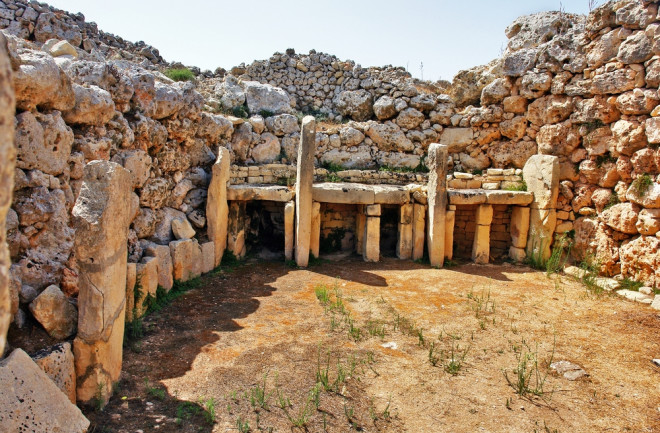When people think of ancient structures, they often think of the Egyptian pyramids or the standing stones of Stonehenge. They might think of the Olmec colossal heads in Mexico or the hundreds of statues on Easter Island.
The Neolithic temples of Malta, however, are older than all of these famed sites and were constructed between 5,600 and 4,500 B.C.E. Despite their ancient age, many have survived.
Although the buildings have endured, an understanding of how the structures were once used has been lost to history. Were they even temples? Or did people use them otherwise?
In the past decade, new technology has enabled researchers to learn more about these mysterious monuments.

